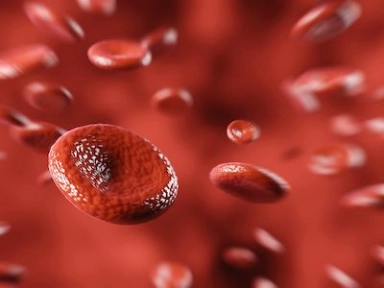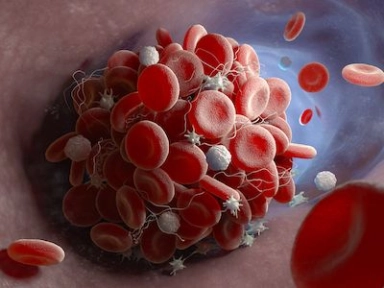Independent Risk Factors for Venous Thromboembolism

Emergency operations, multiple operations and perioperative sepsis are independent risk factors for venous thromboembolism
These findings indicate the need for reconsidering standard risk assessment and prophylaxis.
Key Takeaway
-
In this cohort of patients undergoing general surgery, high-risk factors including emergency operations (EO), multiple operations (MO) and perioperative sepsis (PS) were independently associated with post-operative venous thromboembolism (VTE).
-
The risk for VTE increased with a combination of any 2 of the high-risk factors and was even more for patients with all 3 high-risk factors.
Why This Matters
-
The 3 risk factors analysed in this study were identified in an institutional study of patients who developed VTE despite receiving prophylaxis.
-
These factors thus represent conditions when VTE risk is underestimated, and consequently, these high-risk patients receive insufficient prophylaxis.
-
EO and MO are not commonly considered independent risk factors for VTE and not included in common VTE risk assessment models.
Study Design
-
This study used patient records from the National Surgical Quality Improvement Program (NSQIP) database to evaluate 1,610,086 patients who underwent general surgery between 2011 and 2014.
-
Patients were stratified into VTE and non-VTE groups.
-
VTE group included patients who developed a pulmonary embolism (PE) or deep vein thrombosis (DVT) within 30 days of operation and the non-VTE group included those who did not develop PE or DVT within 30 days.
-
The association of EO, MO and PS with VTE was assessed.
-
Funding: None.
Key Results
-
Overall, 13,673 (0.8%) patients were diagnosed with VTE within 30 days of operation.
-
Overall, 14.7%, 2.9% and 9.8% of patients had EO, MO and PS,respectively.
-
Patients who developed VTE vs those who did not were more likely to have had:
-
EO (24.9% vs 14.7%; P<0.0001);
-
MO (17.3% vs 2.8%; P<0.0001); or
-
PS (32.3% vs 9.7%; P<0.0001).
-
-
After adjusting for patient characteristics and co-morbidities, the following factors were associated with the risk for VTE:
-
EO: (adjusted OR [aOR], 1.4; 95% CI, 1.3-1.5);
-
MO: (aOR, 1.9; 95% CI, 1.7-2.0); and
-
PS: (aOR, 2.4; 95% CI, 2.2-2.5).
-
-
Patients with any 2 of the high-risk factors had a higher risk for VTE:
-
PS+EO: aOR, 2.0; 95% CI, 1.9-2.2;
-
MO+EO: aOR, 2.3; 95% CI, 1.9-2.7; and
-
PS+MO: aOR, 2.5; 95% CI, 2.2-2.7.
-
-
The combination of all 3 high-risk factors (PS+MO+EO) further increased the risk for VTE (aOR, 2.7; 95% CI, 2.4-3.0).
Limitations
-
The retrospective nature of large database limits available details.
-
The usage of mechanical or pharmacologic VTE prophylaxis was not recorded in the NSQIP database.
-
Details of VTE prophylaxis were lacking.
-
VTE events were not recorded beyond 30 days.
-
The data used in this analysis were obtained through 2014 to correlate with previous local series.
- Vaughn SC, Talutis SD, Cassidy MR, Sachs TE, Drake FT, Rosenkranz P, Rao SR, McAneny D. Two novel risk factors for postoperative venous thromboembolism: A reconsideration of standard risk assessment and prophylaxis. Am J Surg. 2020 Jul 8 [Epub ahead of print]. doi: 10.1016/j.amjsurg.2020.06.068. PMID: 32773172



